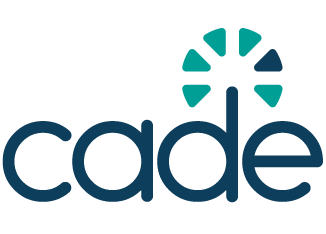Nigeria’s roadmap to digital inclusion
The initiative was presented by the National Information Technology Development Agency (NITDA) in collaboration with the Federal Ministry of Women Affairs (FMWA)/

At the 69th session of the United Nations Commission on the Status of Women (CSW69), Nigeria introduced its National Gender Digital Inclusion Strategy (NGDIS), aiming to bridge the digital divide affecting women and children. This initiative, presented by the National Information Technology Development Agency (NITDA) in collaboration with the Federal Ministry of Women Affairs (FMWA), underscores the country’s commitment to fostering equitable digital access.
Digital disparity
The NGDIS seeks to tackle the significant digital disparities in Nigeria, where only 32% of women own smartphones compared to 47% of men. Furthermore, women are 15% less likely than men to use mobile internet services. These gaps hinder women’s access to online education, financial services, and employment opportunities.
Objectives
Aligned with Nigeria’s Renewed Hope Agenda and Sustainable Development Goals (SDGs) 5 and 8, the NGDIS outlines a comprehensive framework to:
- Enhance digital literacy among women and girls.
- Expand access to digital infrastructure and mentorship programs.
- Promote gender-responsive policies to ensure online safety and economic empowerment.
NITDA’s Director General, Kashifu Inuwa Abdullahi, emphasized the agency’s role in driving inclusive digital transformation, highlighting the NGDIS as pivotal in achieving gender parity in the digital realm.
Call to action
Minister of Women Affairs, Imaan Sulaiman, stressed the immediate need to implement the NGDIS, citing that 68% of Nigerian women lack smartphone ownership, limiting their participation in the digital economy. She advocated for robust legal frameworks to accelerate digital literacy, ensure safe online environments, and empower women in technology-driven sectors.
The NGDIS represents a significant step towards closing Nigeria’s gender digital divide, aiming to create a more inclusive and equitable digital future for all.


